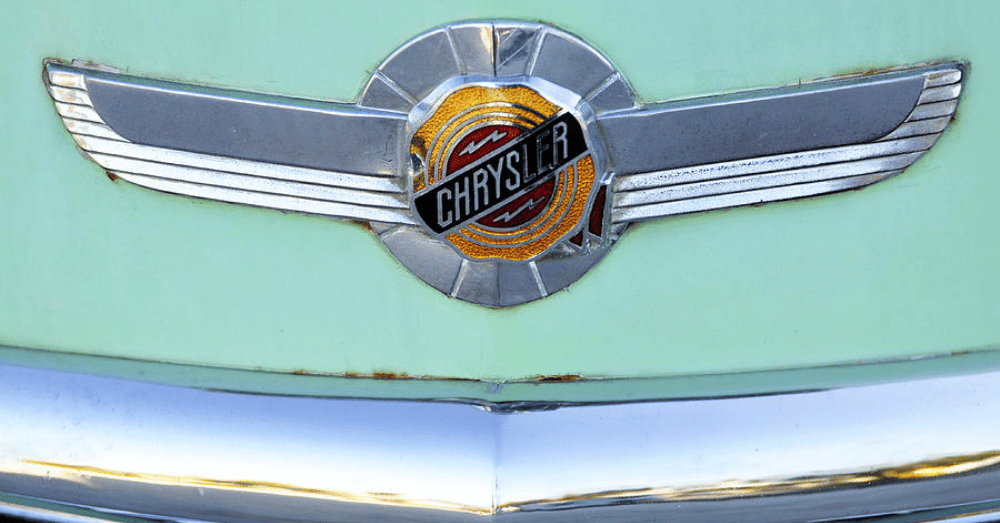The story of Chrysler is one full of twists and turns as this historic brand made its place in American automotive history. Founded in the roaring 1920s, this brand pioneered vital innovations transforming the driving experience. Despite numerous challenges over the years, the automaker has displayed remarkable resilience, making every Chrysler dealer practically a museum of excellence.
Humble Beginnings Marked by Engineering Ingenuity
Born from the Maxwell Motor Company remnants, the Chrysler Corporation was established in 1925 by Walter P. Chrysler. The first Chrysler-branded car introduced several innovations to the industry, including hydraulic brakes and a revolutionary oil filter, showcasing the engineering
expertise that would become a hallmark of the company.
In the late 1920s, Chrysler aggressively expanded into new automotive segments, acquiring the Dodge Brothers motor company and launching the Plymouth and DeSoto brands to appeal to mid-range and luxury buyers. The company thrived through the 1930s, introducing bold innovations from the first all-steel turret top in 1931 to the pioneering “Airflow” models of 1934 that optimized aerodynamics. The American automaker set itself apart by bringing advanced features to more affordable price points.
Chrysler: Answering the Call Through War and Peace
When World War II erupted, Chrysler was integral to the war effort, ceasing civilian car production to manufacture military vehicles, tanks, and equipment. After the war ended, the automaker put civilian cars back at the Chrysler dealer spots, releasing iconic models in the 1950s like the Town & Country, 300, and Imperial that firmly established Chrysler as a style, performance, and innovation leader.
Avoiding Permanent Bankruptcy
The 1970s and early 1980s were not easy for Chrysler, as rising fuel costs, new regulations, and competition from foreign brands like Toyota and Honda pushed the company just to the edge of bankruptcy by 1979.
With government-backed loans, legendary auto executive Lee Iacocca was recruited to orchestrate a turnaround. Through cost-cutting measures, quality improvements, international partnerships, and the timely introduction of new models like the Dodge Aries, Plymouth Voyager, and Chrysler minivan, Iacocca led Chrysler to renewed profitability. The company repaid its loans in 1983, an impressive six years early.
New Partners Present Fresh Promise and Peril
In 1998, the American automaker merged with German automaker Daimler-Benz, forming the DaimlerChrysler Corporation. Unfortunately, this new mix wasn’t fruitful, so Daimler sold Chrysler to private equity firm Cerberus Capital Management in 2007.
As the 2008 global financial crisis unfolded, plunging car sales pushed a struggling Chrysler back toward bankruptcy. With a government bailout and strategic partnership with Italian automaker Fiat, Chrysler emerged from a quick bankruptcy in 2009 renewed. Fiat assumed full ownership of Chrysler in 2014, creating a new global automaker: Fiat Chrysler Automobiles.
In 2021, FCA merged with France’s PSA Group to form the new Stellantis megacorporation. Chrysler dealer locations are now paired with other popular brands under the Stellantis umbrella, like Jeep, Dodge, and RAM.
Chrysler Charts the Course Forward
While challenges remain for the Chrysler brand, its potential still shines bright. Chrysler is focusing on areas like luxury electric vehicles along with its long list of practical and affordable options available at your local Chrysler dealer. The path forward promises twists and turns, but Chrysler has navigated a winding road. This automotive icon can shift gears and accelerate into the future by staying true to its heritage while evolving for tomorrow.
This post may contain affiliate links. Meaning a commission is given should you decide to make a purchase through these links, at no cost to you. All products shown are researched and tested to give an accurate review for you.
